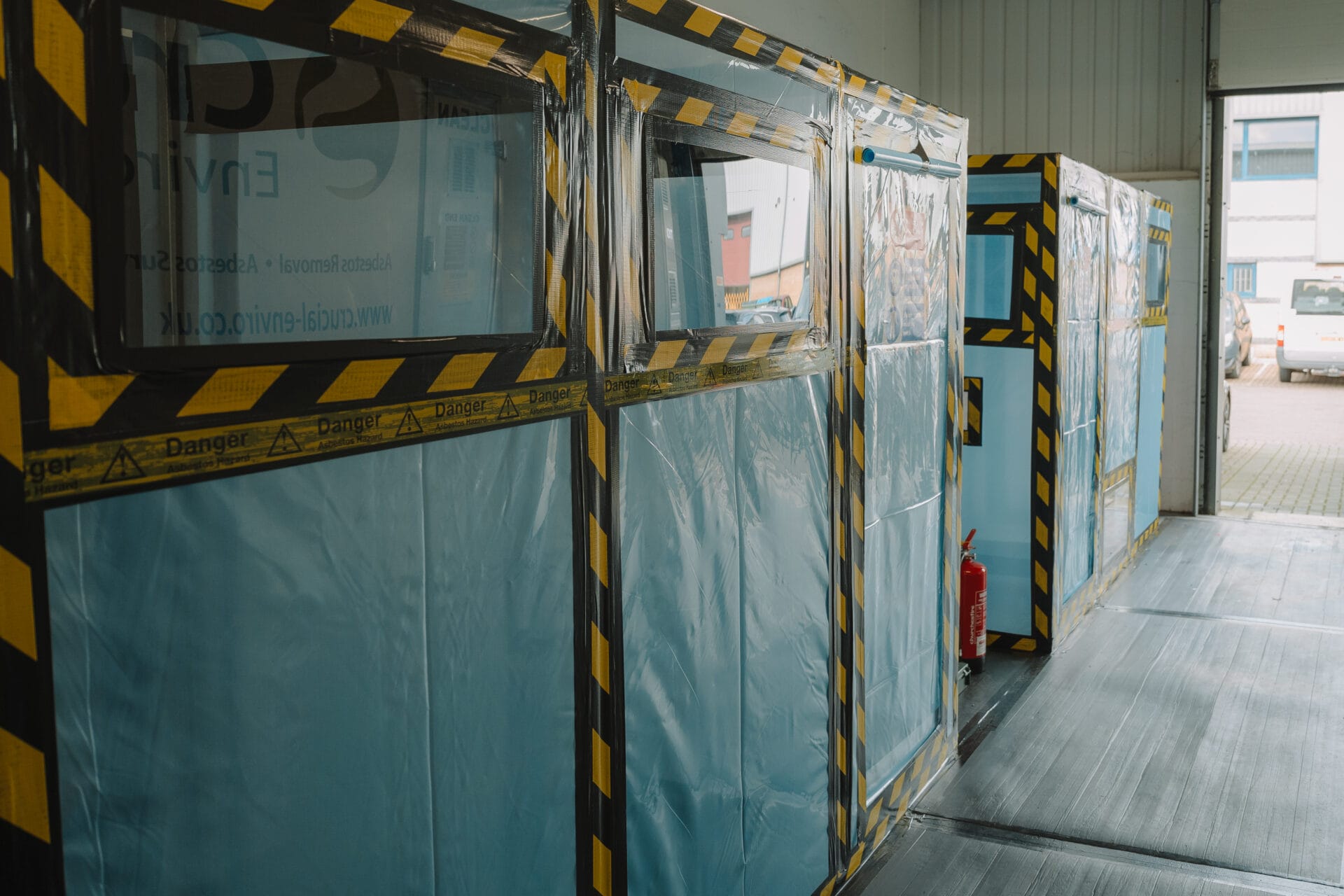2. Identifying Asbestos in Your Building
Identifying the presence of asbestos in buildings is a crucial step in effective asbestos management. This section outlines the key steps and considerations in determining whether asbestos is present, the types of asbestos surveys required, and the importance of thorough inspections.

When to Suspect Asbestos
- Buildings at Risk: Asbestos was widely used in construction materials until the late 1990s. Buildings constructed or refurbished before the year 2000 are particularly at risk of containing asbestos.
- Common Asbestos-Containing Materials (ACMs): Asbestos might be found in various materials like insulation boards, ceiling tiles, pipe insulation, and floor tiles. It can also be present in less obvious places like window sealants, roofing materials, and textured coatings.
- Visual Identification: While visual inspection can suggest the presence of asbestos, it is not sufficient for confirmation. Many ACMs are indistinguishable from non-asbestos materials without laboratory analysis.
Conducting Asbestos Surveys
- Importance of Professional Surveys: To accurately identify ACMs, professional asbestos surveys are indispensable. These surveys should be conducted by qualified and experienced asbestos surveyors.
- Types of Asbestos Surveys:
- Management Survey: This is the standard survey required to manage ACMs during the normal occupation and use of a building. It aims to ensure that no one is harmed by the presence of ACMs and that the ACMs remain in good condition.
- Refurbishment/Demolition Survey: Required before any refurbishment or demolition work, this survey is used to locate and describe all ACMs in the area where the refurbishment work will take place or in the whole building if demolition is planned.
Detailed Survey Processes
- Sampling and Analysis: Surveys often involve taking samples of suspected ACMs for analysis in accredited laboratories to confirm the presence of asbestos.
- Survey Reporting: A detailed report should be provided post-survey, documenting the location, type, and condition of ACMs. This report forms the basis of the asbestos register and the asbestos management plan.
Addressing Non-Accessed Areas
- Presumption of Asbestos: If certain areas cannot be accessed during the survey, there should be a presumption of asbestos presence. These areas must be accessed and assessed as soon as possible.
Updating Asbestos Records
- Maintaining an Asbestos Register: All findings from asbestos surveys should be recorded in an asbestos register. This register should be regularly updated to reflect any changes in the condition of ACMs or new findings from subsequent surveys.
Legal Compliance and Responsibilities
- Regulatory Framework: The Control of Asbestos Regulations mandates the identification and assessment of ACMs in non-domestic premises.
- Duty Holder Responsibilities: Dutyholders must ensure that appropriate surveys are conducted and that the findings are effectively communicated to everyone who might come into contact with ACMs.
Importance of Identifying Asbestos
- Health and Safety: Accurate identification of asbestos is critical to prevent exposure to asbestos fibres, which can cause serious health issues including asbestosis, mesothelioma, and lung cancer.
- Planning Maintenance and Renovation Work: Knowing the location and condition of asbestos is essential for planning any maintenance, renovation, or demolition work safely.
Asbestos Management Plan
Comprehensive Guide to Asbestos Management in Buildings
1. Understanding Your Duty to Manage Asbestos
2. Identifying Asbestos in Your Building
3. Creating an Asbestos Management Plan
4. Training and Competence in Asbestos Management
5. Implementing Your Asbestos Management Plan
6. Legal Requirements and Compliance in Asbestos Management
7. Case Studies and Real-World Examples of Asbestos Management
8. Providing Information to Anyone Who Might Disturb Asbestos
9. Examples of How Asbestos Risks Can Be Managed
Conclusion: Navigating the Path to Safe and Compliant Asbestos Management
